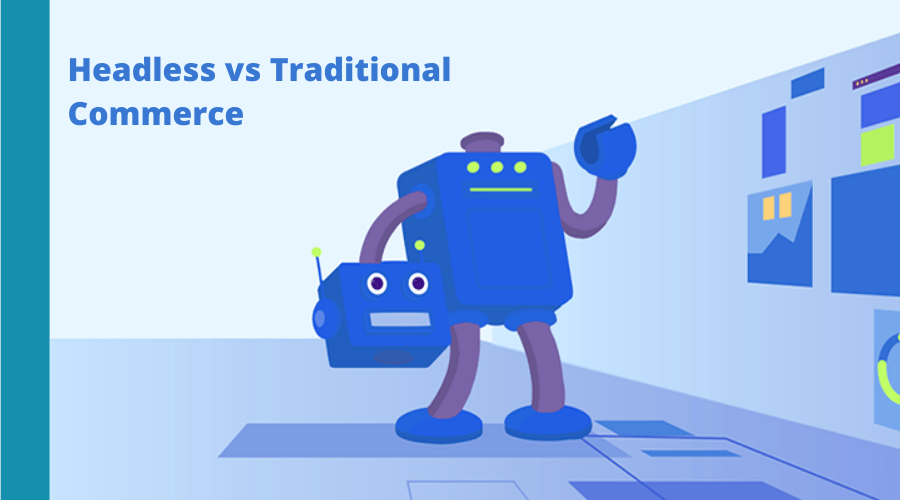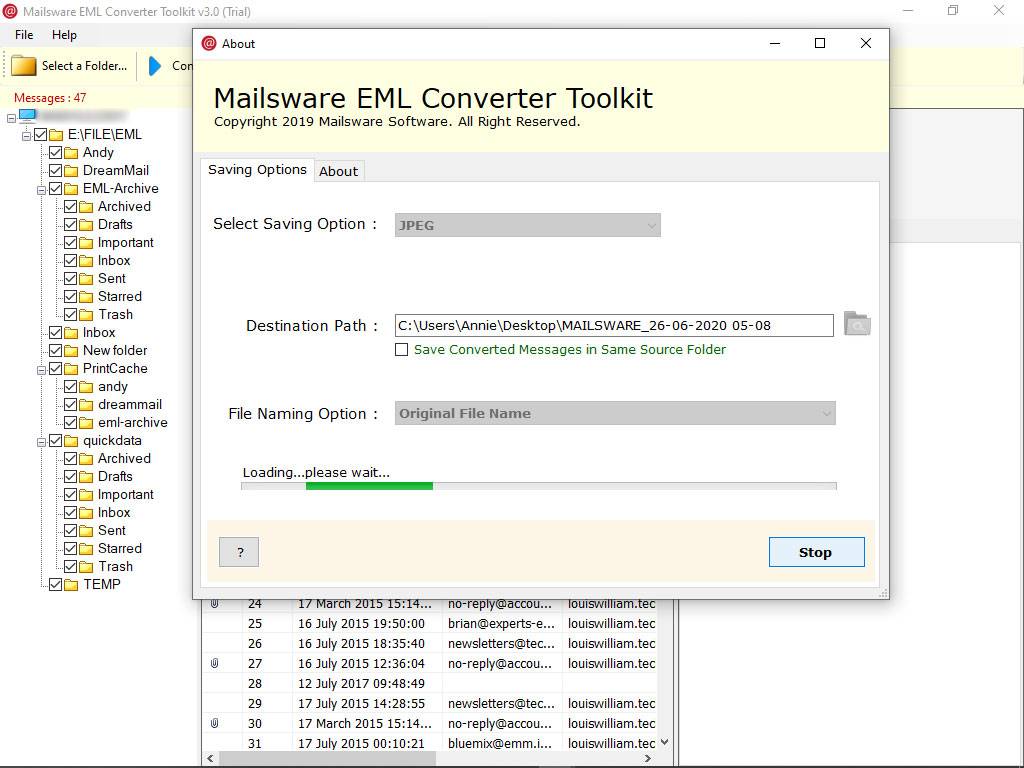The world is evolving continuously in every aspect, and there is absolutely no point in sticking with the past. If I specifically talk about different eCommerce approaches, it has also been evolving rapidly and has not stayed back.
You cannot turn your back on eCommerce. Do you know why? Because it is the imperative thing for your online business in this digitally driven world. As per Statista, the share of eCommerce retail sales will exceed up to 21.8% in 2024.
Also, are you aware that people are gravitating more towards the headless approach than the traditional solution? Yes, it is true because the headless commerce approach is highly flexible for front-end development, and it is worth the wait.
It is time to stop scratching your head because, in this blog, I have talked about the basics of headless commerce and shed some light on the difference between headless vs traditional commerce and what to choose between the two.
Before jumping on the differences between headless commerce vs traditional commerce, let’s focus on the nitty-gritty of both approaches.
Are you ready to read further? So, without further ado, let’s get started.
What Is Traditional Commerce?
Traditional commerce is an exchange of goods (and services) that occurs between two people without using the internet. In traditional commerce, customers purchase the product from a physical store and make a payment.
The plus point of traditional commerce is that customers can stay risk-free from hackers. Also, non-internet users can go and visit physical stores easily.
What Is Headless Commerce?
In a nutshell, headless commerce development is a kind of eCommerce approach where the front-end and back-end function separately. Headless commerce creates a content repository, enhances the workflow, and more.
In headless commerce, developers can use application programming interfaces (APIs) for performing various activities like blog posts or customer reviews. Primarily, headless commerce manages all the system’s functions programmatically.
How Headless Commerce Works?
Headless commerce works by transferring the requests between two layers (presentation and application) via web services (or APIs).
As soon as the user clicks on the buy now button to purchase any product, the presentation layer of the headless commerce passes the API call to the next layer, which is the application layer, to proceed with the order further.
After this, the application layer sends another API call that showcases the customer’s order status.
Top 3 Key Differences Between Headless vs Traditional Commerce
Flexible Front-End Development
Are you failing to decide what to choose between headless vs traditional commerce? Well, let’s see which solution has flexible front-end development and how it can benefit you.
Traditional Commerce
Front-end development in traditional commerce involves limited designing (including other procedures). If you want to modify the data, you have to make changes in the backend, database, code, and front-end that cause business risk. Plus, the process becomes very tedious and time-consuming.
Headless Commerce
On the other hand, headless commerce has complete freedom in modifying the data as it does not compromise the user’s experience. Headless commerce forms a user experience from zero by eliminating the preset front-end development. It also allows front-end developers to modify the database effortlessly by making an API call.
Customization and Personalization
Another major difference between headless vs traditional eCommerce is customization and personalization. They both work differently in traditional vs headless commerce. Let’s have a close look at both solutions one by one.
Traditional Commerce
Traditional commerce has confined room for customizations (or personalization) that entertain the official users and end-users with predefined tools. Different customers buy the same product (or service) from the same brick-and-mortar store, restricting the shopkeepers from offering much personalization. This is a big no for many modern businesses.
Headless Commerce
With headless commerce, you are free to customize (or personalize) the online store as per your choice as there is no front-end. As mentioned earlier, headless commerce’s main plan is to offer the best user experience to both administrative and end-users. Considering this, developers build the user experience from scratch by providing more control over the store’s look (and feel).
Flexibility and Adaptability
Flexibility and adaptability is the last difference between headless vs traditional commerce but not least. Therefore, you shouldn’t overlook it.
Traditional Commerce
Just like limited customization (or personalization), traditional commerce has restricted flexibility and adaptability as well. In traditional trade, the front-end is highly dependent on the back-end coding (or infrastructure). Therefore, to create any customization, the developer first has to edit many coding layers stuck between the front-end and database layer present in the back-end.
Headless Commerce
Since, in headless commerce, front-end, and back-end functions separately. It opens doors for limitless flexibility and adaptability as per your desire. You (as a store owner) can make changes with the help of a front-end developer by executing the custom checkout flow.
This way, it adds up the new field to the customer account that is easy to use. In short, with headless commerce, you can provide a consistent user experience across all the touchpoints.
Final Thoughts
So, these were 3 major differences between headless commerce vs traditional commerce.
Look, every coin has two sides. Similarly, both headless and traditional commerce has their advantages (and disadvantages).
Therefore, the best way to decide between headless vs traditional eCommerce is to see your business’s needs, goals. So, make your decision wisely.
All the best!
I’m a software engineer with a background in the performing arts, customer service, and an avid volunteer. I specialize in inter sectional web accessibility. Having a background in the performing arts taught me how to be quick on my feet, and creative with solutions.




